Table of Contents
Disorders due to Incompatibility of Genes:
No two individual are same this is because the chemical substances of two individuals are different and these disorders arise only when the chemical substances from one individual is injected to another. These disorders and chemical substances are of two types-
Rh-factor:
Rh-factor was first of all discovered by Landsteiner and Wiener in 1940 in Rhesus Monkey. It is a protein that is synthesized by two dominant genes i.e. homozygous dominant and heterozygous dominant are Rh+. About 99% of the human population have this Rh-factor and are called Rh+ and 1% of individuals who lack this factor are called Rh–. Both Rh+ and Rh– are normal but the problem arises only when the blood of Rh+ and Rh– are mixed. The mixing takes place in two ways-
- Blood Transfusions- When Rh+ (donor) gives blood to Rh– (recipient) it forms an anti-Rh factor but it is not harmful for the first time. But for the second time when Rh+ (donor) gives blood to the same Rh– (recipient) its anti-Rh factor starts killing the RBCs and ultimately death of the individual may occur.
- During Pregnancy- A more serious problem arises when Rh– mother develops Rh+ embryo. If her blood has not come in contact earlier with Rh+ then her first young one is normal. But Rh+ factor stimulates the formation of the anti-Rh factor in mother blood. A more serious problem arises if Rh– mother again develops Rh+ young ones then the mother anti-Rh factor destroy the RBCs of a foetus and death of RBCs causes accumulation of Bilirubin and this pigment destroys the nervous tissue of foetus and hence death of foetus occurs. Such a condition is called Erythroblastosis Fetalis.
Blood Group Substances:
| Blood Group | Antigen on RBCs | Antibodies in Plasma | Can give Blood | Can receive Blood |
|---|---|---|---|---|
| A | A | b | A, AB | A, O |
| B | B | a | B, AB | B, O |
| AB | AB | – | AB | Universal Recipient |
| O | – | ab | Universal Donor | O |
Normally the blood of one individual is not mixed with another individual until their chemical composition is detected. In all the human population two types of antigens are present on RBCs i.e. A and B and similarly, two different types of antibodies are present in blood plasma i.e. antibody a and antibody b. On the basis of types of antigens and antibodies, four types of blood groups are formed-
- Blood Group A- Having antigen A and antibody b.
- Blood Group B- Having antigen B and antibody a.
- Blood Group AB- Having antigen AB and no antibody.
- Blood Group O- Having no antigen and antibody ab.
All the blood groups are normal but a problem arises only when antigen A mixed with antibody a and antigen B mixed with antibody b because A cannot go with a and B cannot go with b and their interaction causes agglutination also called as clumping of blood.
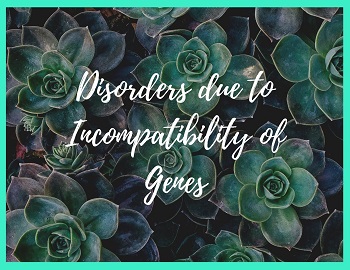
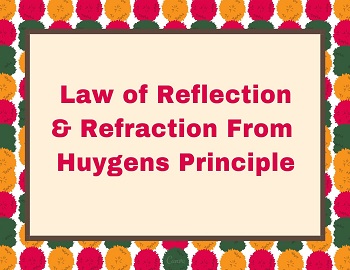
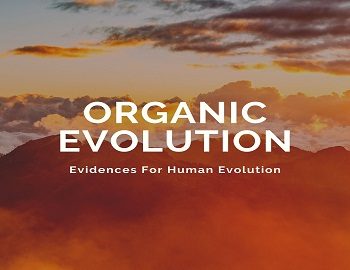




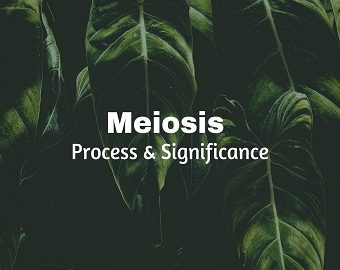
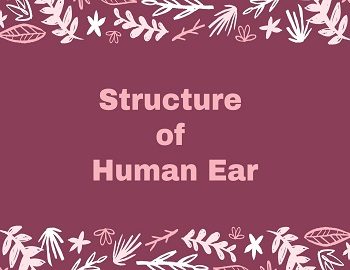
Comments (No)